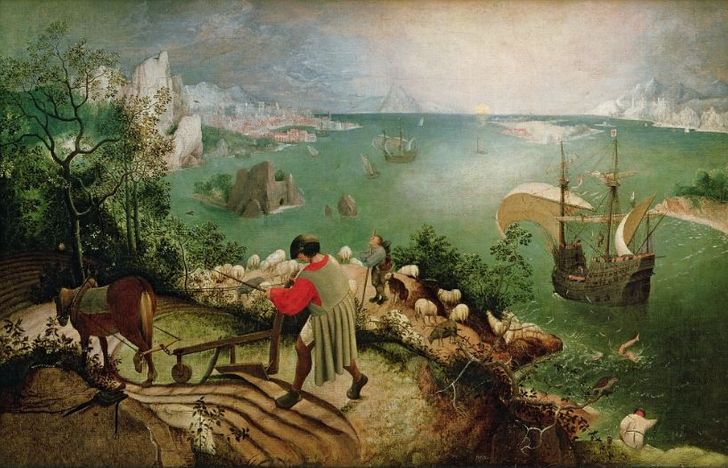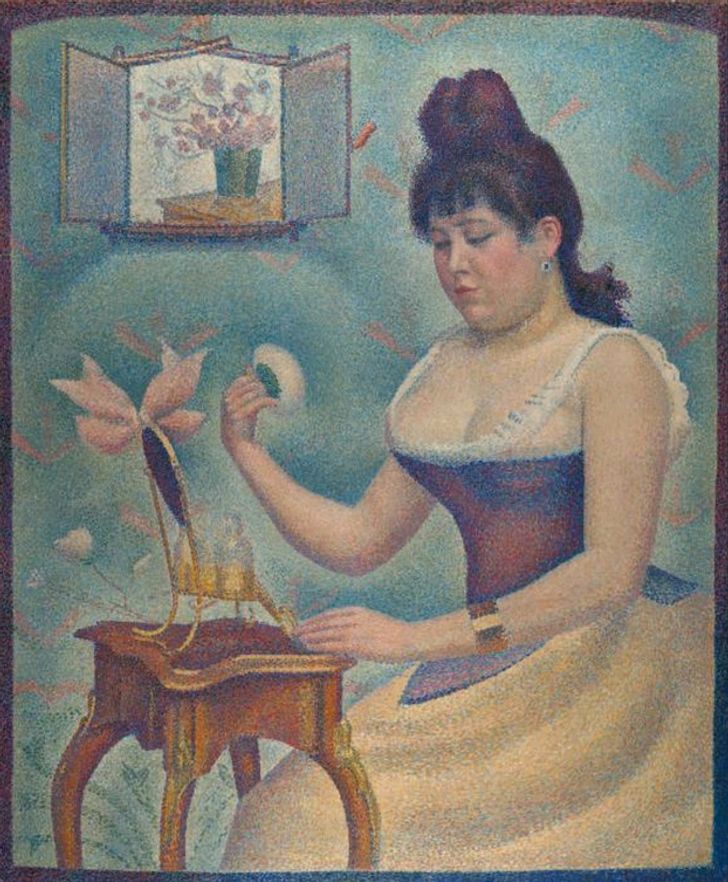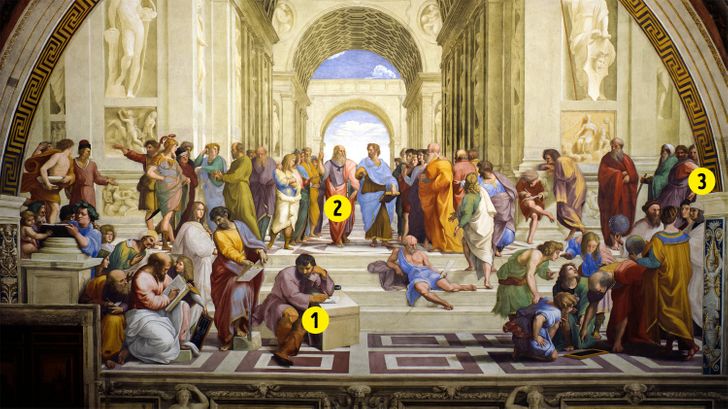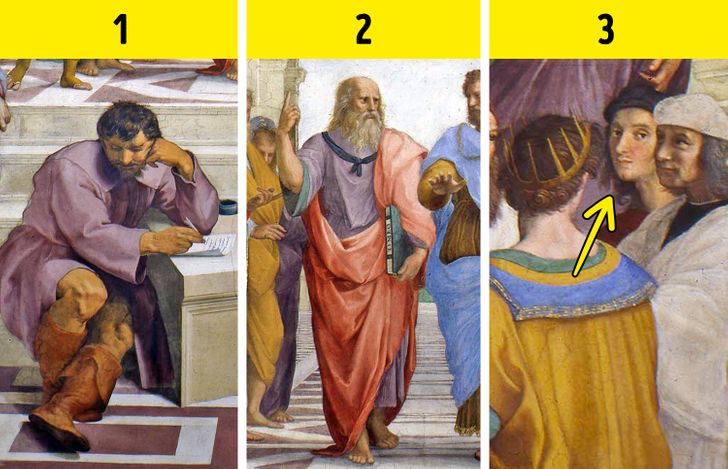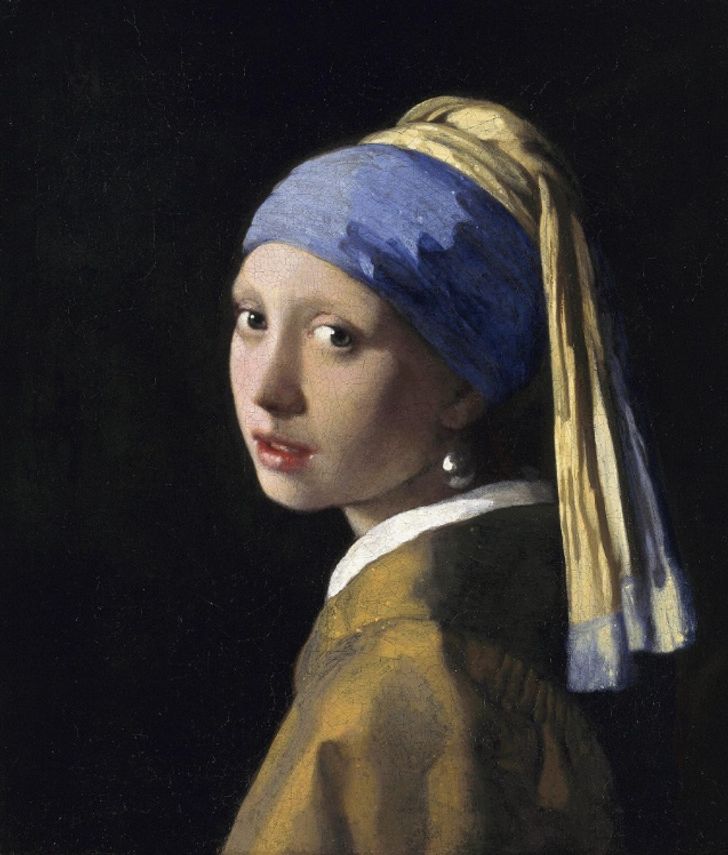They found really found a way to keep a secret. Did anyone knew about this?
5 Unexpected Details Hidden in Famous Paintings
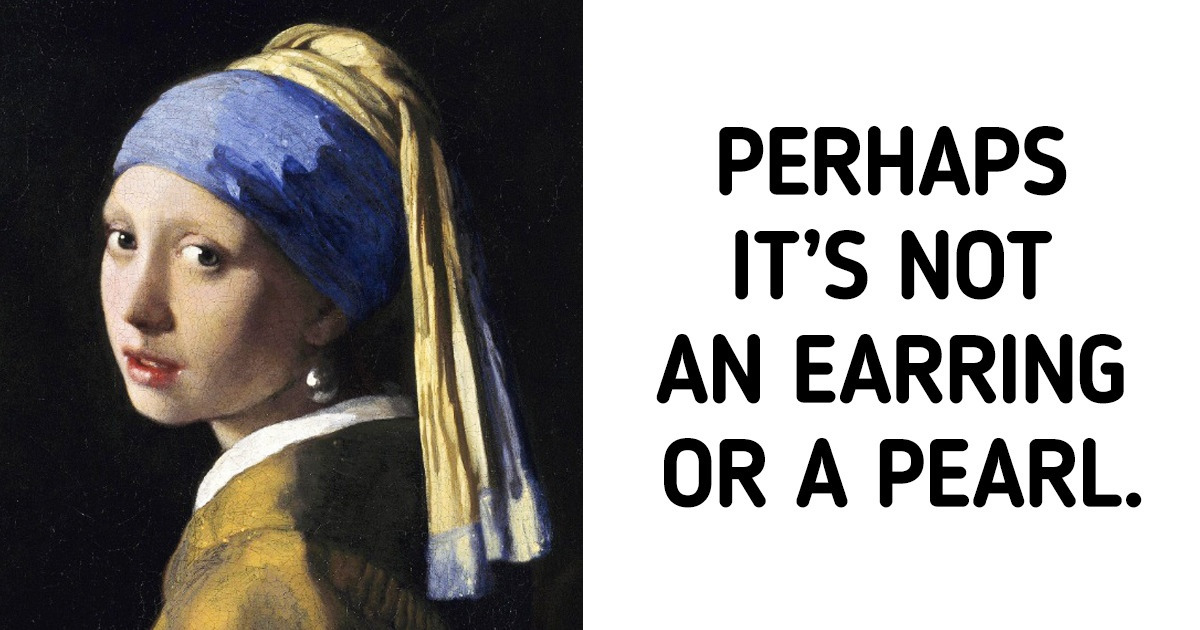
Painters like to leave secret messages and hidden meanings in their works and very often we are not even aware of them. For example, do you remember that famous painting The Girl with a Pearl Earring? Turns out that it’s probably not an earring at all. How about the 2 paintings from Salvador Dali that are closely related to his sister?
Bright Side offers you to peek into the world of art and wants to tell you several curious stories that are hidden behind world-famous canvases.
1. Where is Icarus in the picture, Landscape with the Fall of Icarus?
The famous painting by Pieter Bruegel the Elder has many hidden secrets, many of which still haven’t been revealed. The painting has 2 controversial explanations. The first one says that a person’s death can’t stop the flow of life, even the death of such a bold and brave character like Icarus. That’s why in the foreground of the picture we see a working plowman, while Icarus himself is hidden in the bottom right corner of the painting. Nobody noticed his fall, life is harsh but it is going on. The second explanation says that Icarus’s death as a person that was striving for new achievements and discoveries is a defeat for all those who are drawn to light and perfection.
Art historians managed to find out that there is a drawing that has nothing to do with the technique of the artist behind the canvas, which means that this painting could be a copy while the original hasn’t been saved at all. Other historians believe that the painting is original and was drawn by Bruegel on a wooden basis after which it was moved to canvas. Unfortunately today no one can ask the real artist of the painting, but everyone can enjoy the view of this masterpiece at the Royal Museum of Fine Arts of Belgium in Brussels.
2. Young Woman Powdering Herself by Georges Seurat and the painter’s self-portrait is hidden in the picture.
This painting depicts the sweetheart of the painter whose name was Madeleine Knobloch. The genre of this portrait was unusual for the Seurat — it was probably love that inspired him to do this experiment. Until his death, nobody would have guessed that this woman was the painter’s mistress, as Seurat was very reserved and didn’t talk about his personal life, even to his close friends.
Initially, the painter drew his self-portrait in the window where he was looking at the girl with love, but per the advice of one of his friends, he replaced his portrait with flowers in a vase. What a pity!
3. The mystery of the Woman at a Window by an unknown artist
On the left, is a photo of the canvas during restoration where the primer coat can be seen. On the right side, is the canvas after the restoration.
The canvas Woman at a Window belonging to an unknown painter, which is stored in the National Gallery of London, has a very interesting story. In 1978 the painting was sent for restoration — a routine procedure for art masterpieces. However, during the procedure experts found out that there was one more layer under the primer coat and it’s not a brunette but a blonde girl depicted in it. Additionally, the girl has different eyes and clothing.
The painting could have been corrected to match the values of the 19th century. Her ample bust, her glance to the side, and some other details could indicate that the girl in the first portrait is a courtesan.
4. How Raffaello Santi hid himself and his friends in the fresco
One of the most famous Renaissance masterpieces, a famous fresco by Raffaello Santi School of Athens hides several surprises in itself. The painter embodied the images of great thinkers and scientists and also decided to perpetuate some of his famous friends in it. For example, he copied the appearance of Heraclitus, an ancient Greek philosopher, from Michelangelo Buonarroti (1), the philosopher Plato resembles Leonardo da Vinci (2), while the facial features of Raphael himself can be seen in the image of Apelles — an ancient Greek painter.
5. The Girl with a Pearl Earring probably doesn’t have any earrings on at all.
A recent study of the most famous painting by Johannes Vermeer figured out that the depicted pearl is too big to be natural. Perhaps this is an artificial pearl made of Venetian glass, tin, or mother-of-pearl. Scientists can’t find a fixation for the earring in the painting — there is no loop connecting the ear and the earring. What kind of decoration it is and how it looked initially seem to be the questions no one will able be to find the answers to.
Are you aware of any other secrets that famous paintings are hiding from us? Please let us know about them in the comments!
Comments
Is Raffaello Sanzio, not Santi
Related Reads
20 Relevant Comics That Have Drama and Comedy in Them

12 Movies With Hidden Fun Facts That Only a True Fan Would Notice
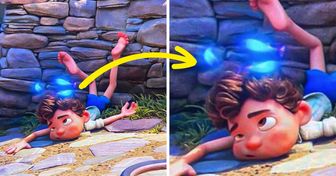
20 Boyfriend Fails That Can Make Any Girl Grit Her Teeth

Why People Who Love Stacking Rocks Need to Stop Doing It

10 Wacky Optical Illusions That Will Tease Your Brain

30+ “Wow” Tattoos That Are Teasing the World With Their Sensuality

I Refuse to Let My Husband Do a Sanitary Job—His Excuse Left Me Stunned

I Refuse to Obey My Pregnant DIL’s Demand to Turn a Merry Christmas Into a Vegan One

My Grandpa Left His Inheritance to Me, and It Sparked a Huge Conflict in My Family

10 Stepchildren Who Opened Their Hearts to Welcome Another Parent

My Parents Said I Was Too Irresponsible to Own a Home, Now They’re Begging to Live in It

12 Quiet Acts of Kindness That Show Humanity Still Has a Heartbeat

